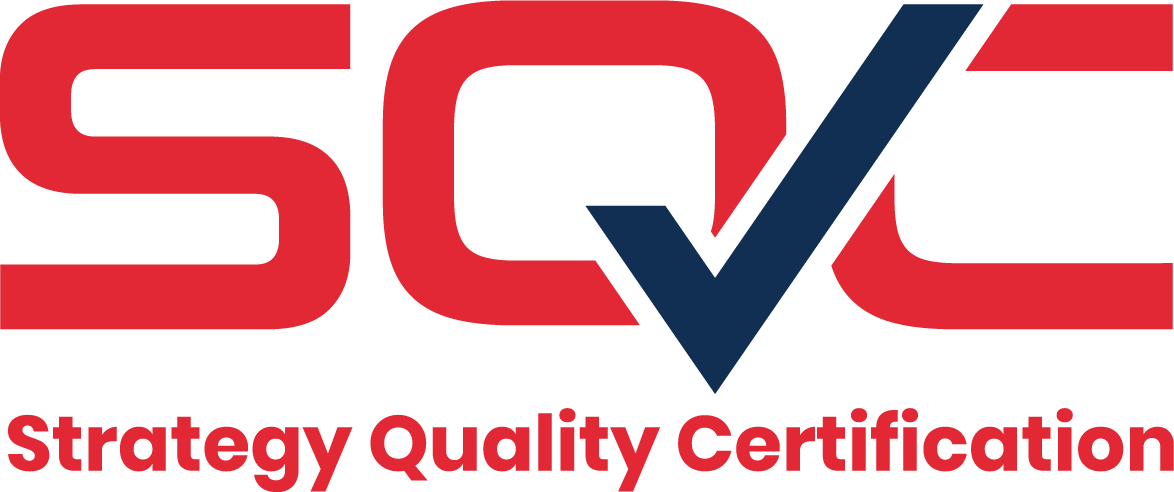Certification Standard
ISO Certification Standards
ISO 9001 이란?
L국제표준화 기구 (International Organization for Standardization)에서 제정한 품질경영 시스템에 대한 국제규격으로 현재 약 150여 개 국가에서 채택하였으며 이는 무역 거래를 위해서 국제사회에서 통용되는 일련의 신분증과 같다.
ISO 9001에 의한 품질경영시스템 인증제도는 공급자의 품질경영시스템이 ISO 9001 규격에 적합한가를 평가하고 인증을 부여하는 제도로 제조업은 물론 건설, 공공행정 서비스, 금융 등 전 산업계에 적용될 수 있도록 만들어진 규격이다.
The Importance of a Quality Management System
- Building trust with customers and employees
- Elimination of barriers between departments
- Achievement of established business objectives
These outcomes can be achieved through the implementation of a quality management system.
Components of a Quality Management System (QMS)
| Requirement number | Title | |
|---|---|---|
| 4. Context of the Organization | 4.1 | Understanding the organization and its context |
| 4.2 | Understanding the needs and expectations of interested parties | |
| 4.3 | Determining the scope of the quality management system | |
| 4.4 | Quality management system and its processes | |
| 5. Leadership | 5.1 | Leadership and commitment |
| 5.2 | Policy | |
| 5.3 | Organizational roles, responsibilities, and authorities | |
| 6. Planning | 6.1 | Actions to address risks and opportunities |
| 6.2 | Quality objectives and planning to achieve them | |
| 6.3 | Planning of changes | |
| 7. Support | 7.1 | Resources |
| 7.2 | Competence | |
| 7.3 | Awareness | |
| 7.4 | Communication | |
| 7.5 | Documented information | |
| 8. Operation | 8.1 | Operational planning and control |
| 8.2 | Requirements for products and services | |
| 8.3 | Design and development of products and services | |
| 8.4 | Control of externally provided processes, products, and services | |
| 8.5 | Production and service provision | |
| 8.6 | Release of products and services | |
| 8.7 | Control of nonconforming outputs | |
| 9. Performance Evaluation | 9.1 | Monitoring, measurement, analysis, and evaluation |
| 9.2 | Internal audit | |
| 9.3 | Management review | |
| 10. Improvement | 10.1 | General requirements |
| 10.2 | Nonconformity and corrective action | |
| 10.3 | Continual improvement | |
